The master architect, Liang Sicheng, once said, "The architecture of every culture throughout history has produced its own buildings, rising and falling with that culture."
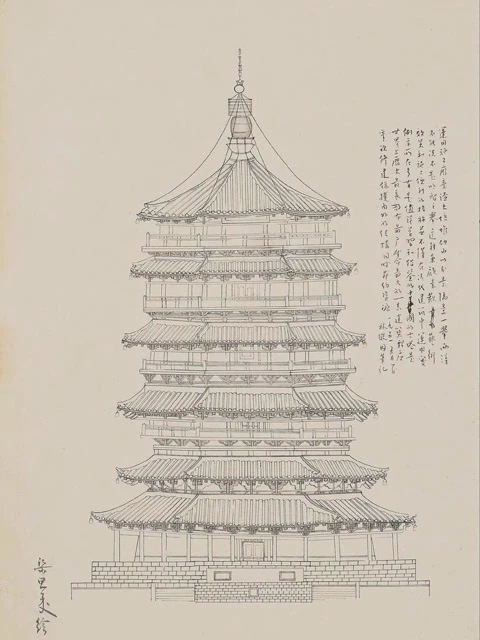
Chinese ancient architecture, with its red walls and green tiles, exudes a grand and majestic aura. Unlike the stone structures prevalent in other parts of the world, it directly reflects the wooden structures that embody the wisdom passed down by generations of Chinese craftsmen for thousands of years.
Shi Rongmin, with a background in architectural design, has spent three years creating exquisite artistic models of buildings with the ethnic style of northern Guangxi. Through the internet, he has introduced these models and the architecture to a wider audience.
The Characteristic Architecture of the Hometown
Shi Rongmin, who has always had a passion for building things since childhood and frequently made toy models using toothpicks or bamboo, chose to study architecture design in college because of his love for model making.
Longsheng is a multi-ethnic autonomous county with many minority buildings such as the Diaojiaolou and the pavilions. As someone who grew up in this area, Shi Rongmin has a unique emotional connection to these buildings. Driven by his interest, he began to plan and create models of the Diaojiaolou in Longsheng during his sophomore year.

Longsheng
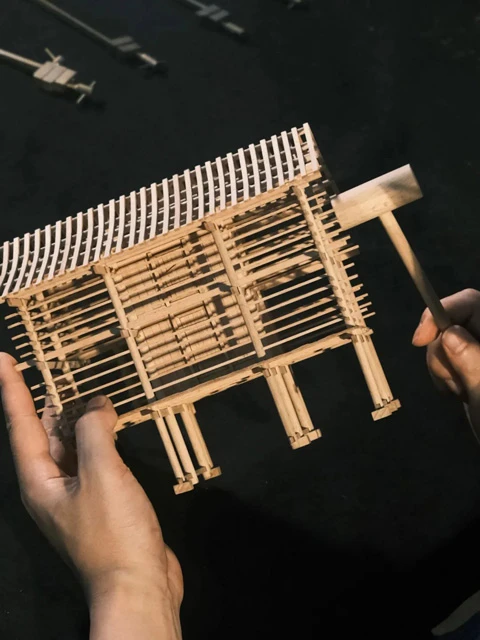
Diaojiaolou
In order to make the models, Shi often lived frugally and saved money to buy materials. "At the beginning, it was very difficult, and I could only work on them in my spare time," he says.
Shi Rongmin explained that making models requires careful planning and drawing. Initially, he could only make hand-drawn sketches, and after considering the dimensions of each structure, he needed to make multiple adjustments to the graphics before finally purchasing the materials and hand-crafting them. It took him several days to complete the first model of a Diaojiaolou.
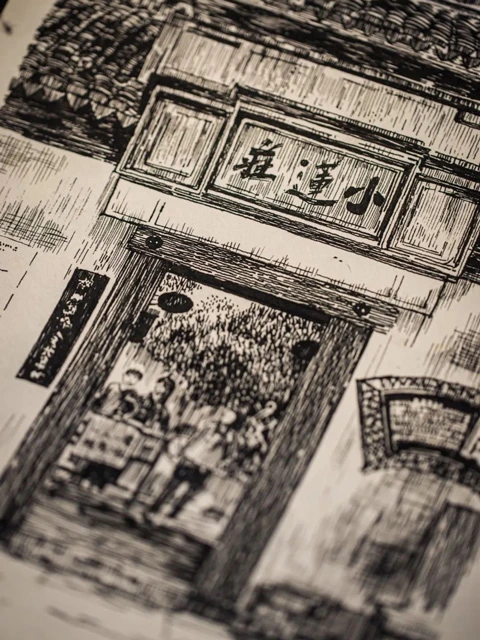
After graduation, Shi Rongmin studied under Chinese architectural experts in Guangxi to learn about ancient architectural construction, which took him three years. He applied this knowledge to his models. "I want to create the best ancient Chinese architectural models," he said. For the past ten years, Shi Rongmin has dedicated his life to model making.
He was once invited by Liang Sicheng's disciple to work in Beijing at the architecture school of Tsinghua University, the cradle of modern architecture education in China and a place many people dream of. However, he chose to stay in Guilin and pursue his passion for creating models of ancient buildings. Friends say that his love for ancient architectural models is unshakable.
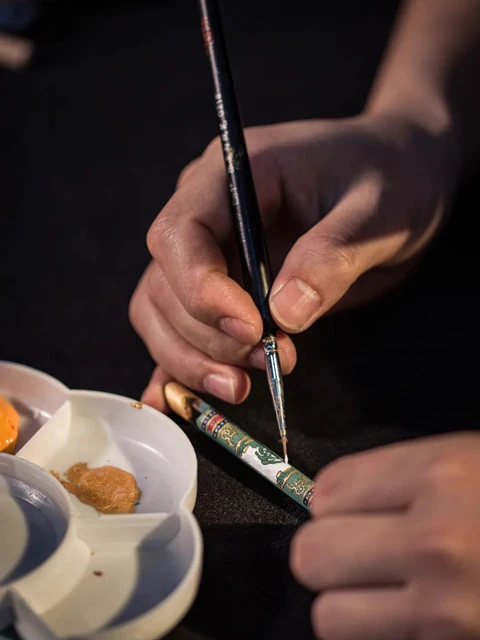
The Traditional Charm of Ancient Architecture
The most challenging aspect of constructing models is the process of scaling down the dimensions. The smaller the scale, the more difficult it becomes to maintain accuracy, and precision can be quite elusive.
In jest, Shi Rongmin once remarked that it might be easier to construct large buildings. Designing a miniature ancient building requires on-site surveys, extensive research, and countless iterations before a preliminary design can be settled on. When selecting materials, one must consider the fact that wood is prone to deformation, and the humidity levels in the north and south are not the same. As a result, Shi specifically customizes the most stable poplar lindens wood boards.
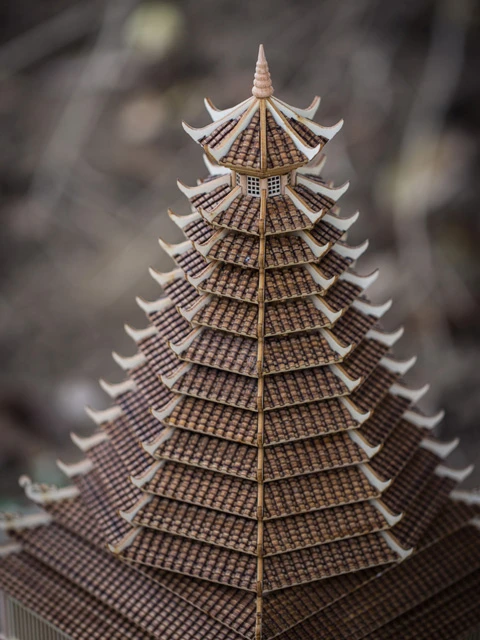
Numerous buildings disappear gradually over time due to various uncontrollable factors, but many Chinese ancient architecture has survived natural disasters and other calamities. Even the hanging temple in Shanxi survived a magnitude 6 earthquake unscathed, thanks to its structural design.
The essence of Chinese architectural design lies in the mortise-and-tenon joint system. When subjected to external forces, the wooden structure will inevitably shift slightly, but the mortise-and-tenon joints allow the building to deform within a certain range. In resisting the impact force, it minimizes the destructive power of nature to the greatest extent possible. By understanding the mortise-and-tenon system, one can truly comprehend Chinese architecture. The mortise-and-tenon system contains the heritage of the artisan's spirit, as well as the wisdom of traditional Chinese culture.
When developing ancient architectural models, Shi approached the design from the perspective of the assembler. He hoped that the model would not only be a mere construction, but also an object of communication with the experiencer. By using one's own hands to infuse life into the building, one can feel the wisdom of manual labor through touch. This is an incredibly soothing experience.
For an architecture to have an overall effect, the coordination of color is essential. While restoring the architectural structure, the color of the wooden model is an extremely important aspect. The coloring pigments are exclusively blended by Shi Rongmin to achieve the most authentic traditional hues.
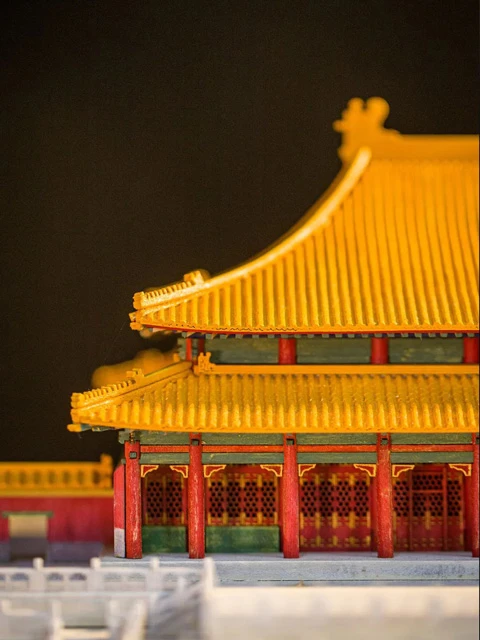
The Hall of Supreme Harmony is the highest-ranking royal building in Chinese history. It has a total of 72 columns, 32 on the outer eaves and 40 on the inner perimeter. The roof components alone number up to 80,319 pieces. It took Mr. Shi two years to create this model from the research and development stage to the finished product. It has the highest-level palace roof and is the only building with ten ridge beasts.
Mr. Shi Rongmin not only sharing with us the beauty of ancient architecture, but also taking us back to a time when there was no reinforced steel or cement, only exquisitely crafted wooden structures.
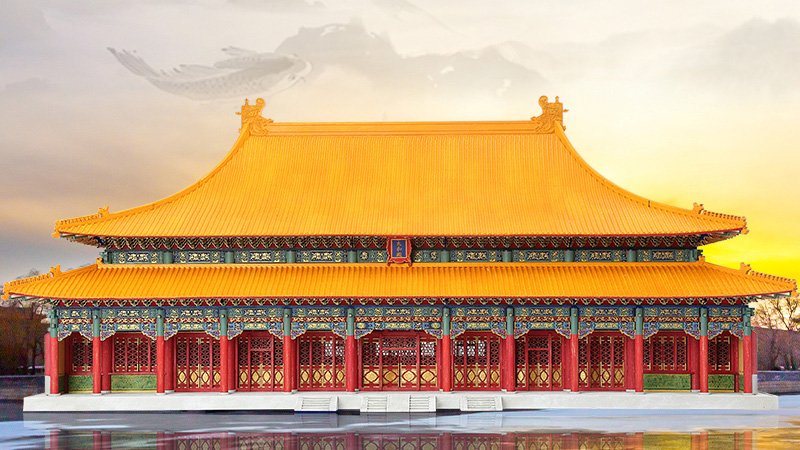
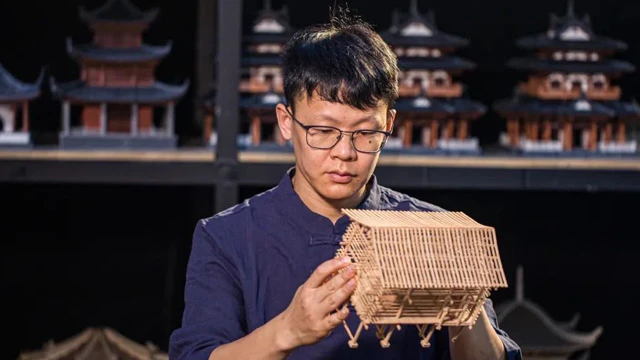
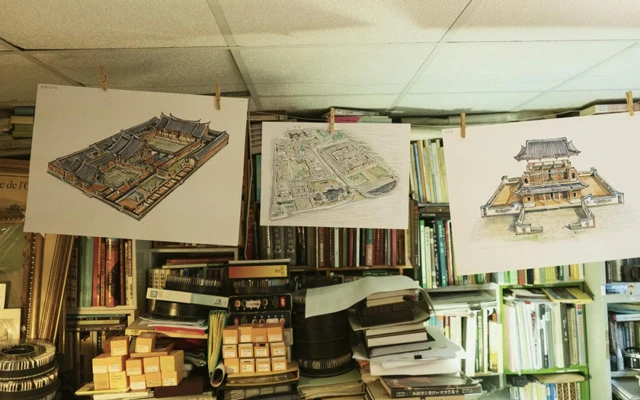
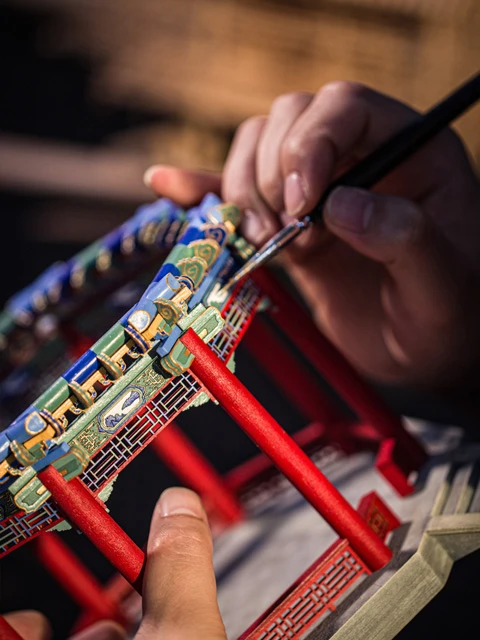
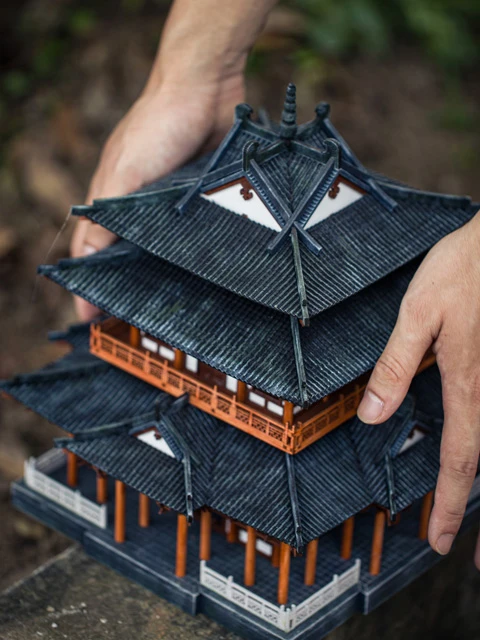
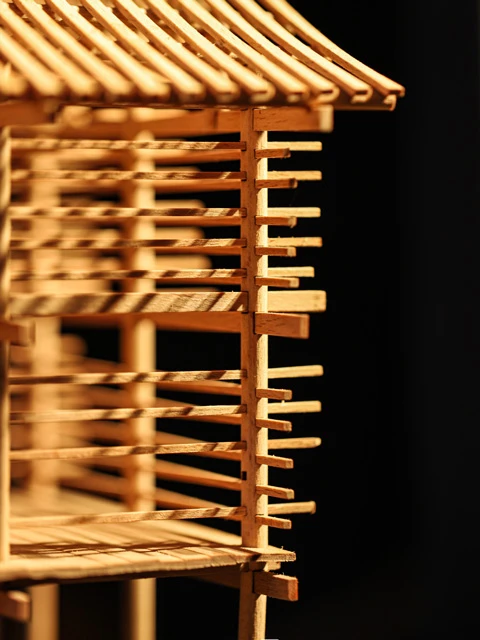

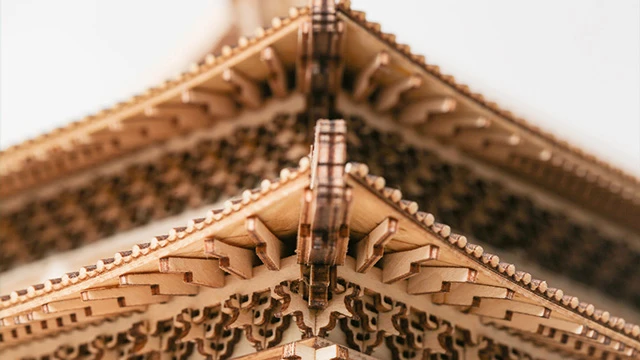
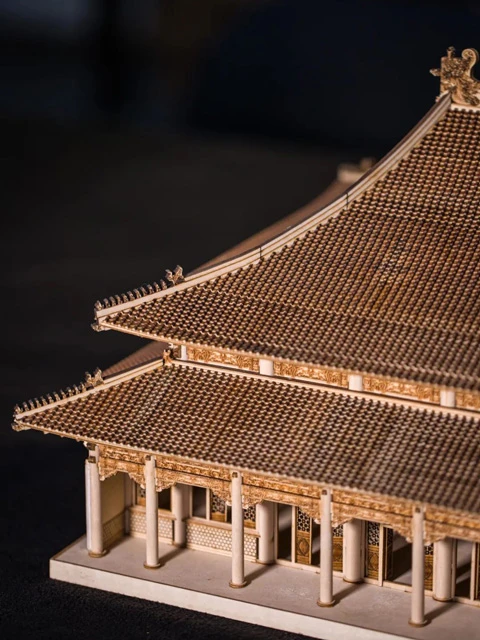


I like it
Very unic
Wow amazing
"Through the internet, he has introduced these models and the architecture to a wider audience." Any pointers as to where that might be?